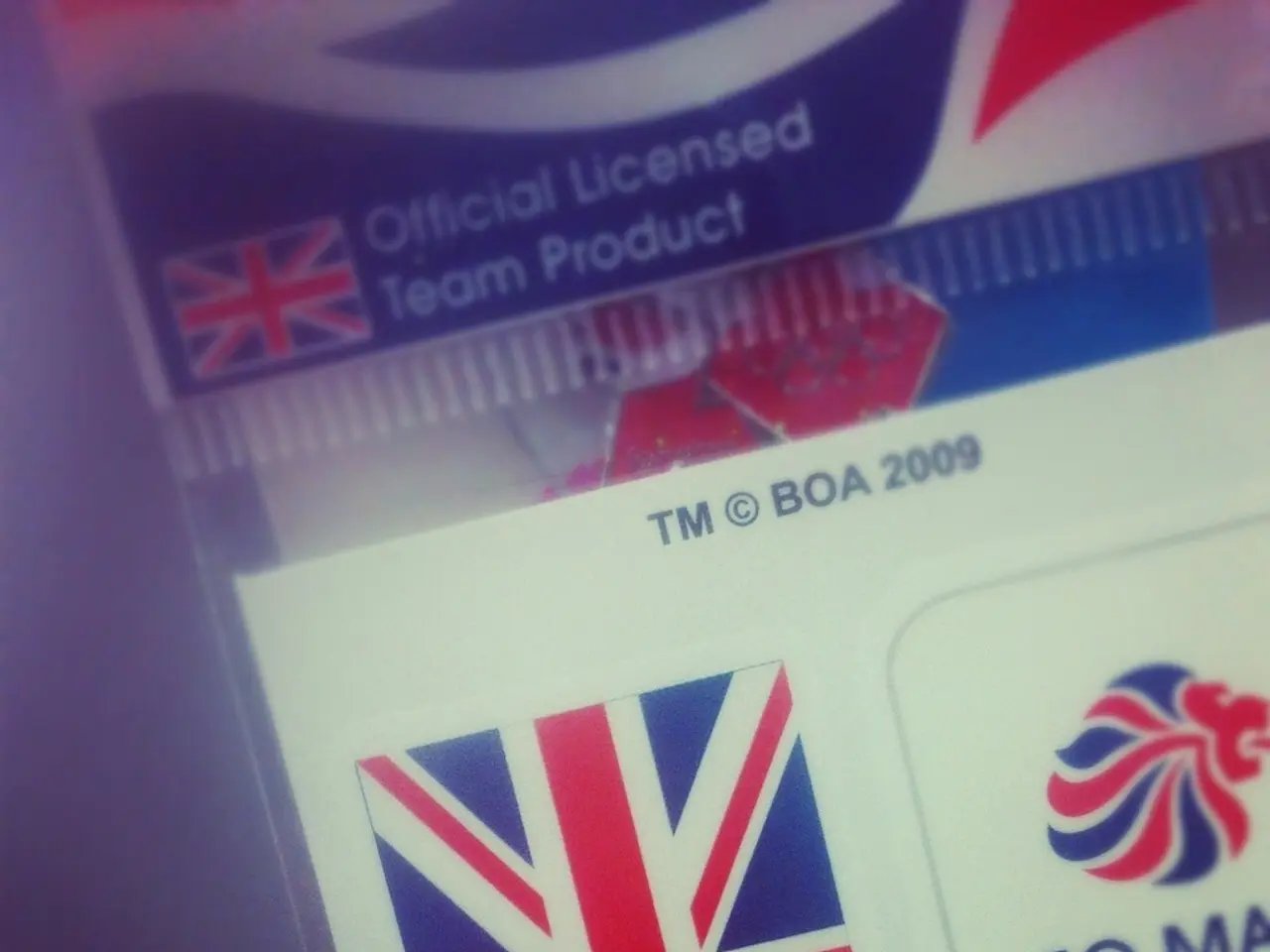Disruptions in Ownership Through Domain and IP Usage: Unveiling Unattractive Right-to-Use Agreements
In the rapidly evolving world of finance and technology, tokenization is making significant strides, particularly in the domains of intellectual property, carbon credits, and real-world assets (RWA). This innovative approach to asset representation promises to bring about a wave of change, enhancing liquidity, transparency, efficiency, and accessibility.
Currently, the RWA tokenization market is experiencing exponential growth, reaching approximately $24 billion in 2025 and projected to surge to an astounding $30 trillion by 2034 [1]. This growth is driven by the increasing trade of tokenized carbon credits and environmental assets, which allow for the separation of rights such as land use, timber, and carbon sequestration credits, thereby improving transparency and market liquidity [2].
Tokenized stocks and equity-like assets are also gaining traction, enabling 24/7 trading, fractional ownership, and DeFi integration across platforms like Kraken, Bybit, Robinhood, and eToro. This fosters new investment strategies and global access [3]. Additionally, the tokenization of carbon credits, metals, and agricultural products enables the tracking of origins, certification of sustainability, and creation of tradable markets for previously illiquid assets [4].
One of the key advantages of blockchain-based tokenization is the near real-time settlement, enhanced transparency, and auditability it offers. This overcomes the delays and inefficiencies typical in traditional markets, especially in cross-border contexts [5].
Looking ahead, tokenization holds promising future implications. It promises to dramatically increase the liquidity of traditionally illiquid assets such as intellectual property rights, carbon credits, and real estate by fractionalizing ownership and allowing 24/7 global trading access [1][2][3]. Enhanced transparency and trust arise from blockchain’s immutable, shared ledger, providing clear provenance, ownership histories, and fraud reduction [5].
However, legal and regulatory frameworks are still evolving. Issues like title recognition, enforceability of smart contracts, cross-border legal harmonization, and investor protections remain open but are being actively addressed in jurisdictions like the UK, EU, and US through pilot programs and consultations [1].
The token architecture for complex assets like carbon credits allows segmentation into element tokens (e.g., carbon vs. timber rights), increasing investor choice and market standardization across jurisdictions [2]. Challenges such as limited interoperability between blockchains and legacy systems, liquidity concerns, and cybersecurity must be carefully managed for scalable adoption [5].
In conclusion, tokenization in intellectual property, domains, and carbon credits is rapidly maturing from concept to practical market infrastructure. It promises to unlock trillions in value through greater liquidity, transparency, and efficiency, but needs continued legal clarity and technical standardization to fully realize its potential.
As regulators view domain and IP tokenization as enhancing existing business operations rather than competing with traditional finance, and non-financial tokenized assets grew 240% year-over-year in 2024, the future of this revolutionary technology appears bright indeed.
- Science and environmental science play a crucial role in the development of tokenization, as they provide the foundation for understanding complex assets like carbon credits, real-world assets, and intellectual property rights.
- The tokenization of assets in the domain of climate-change mitigation, such as carbon credits, meets the demands of DeFi and institutional ESG investors, aligning finance with technology for a greener environment.
- The integration of tokenization in the environmental science field, particularly with blockchain-based IP registries, fosters technological advancements in finance and investing, paving the way for industrial adherence to environmental demands.




